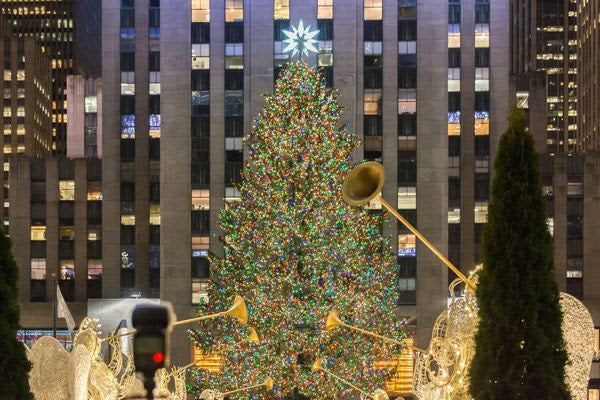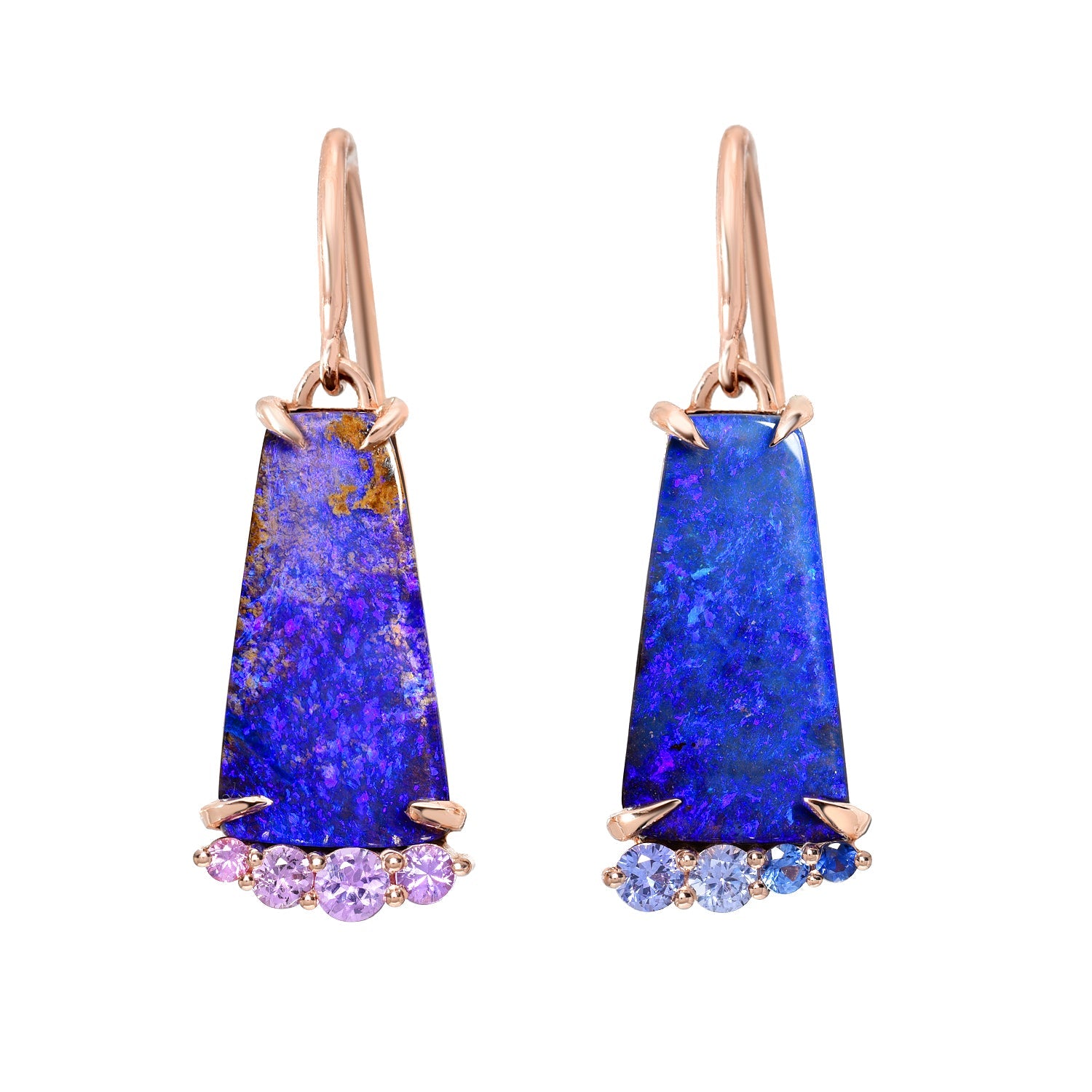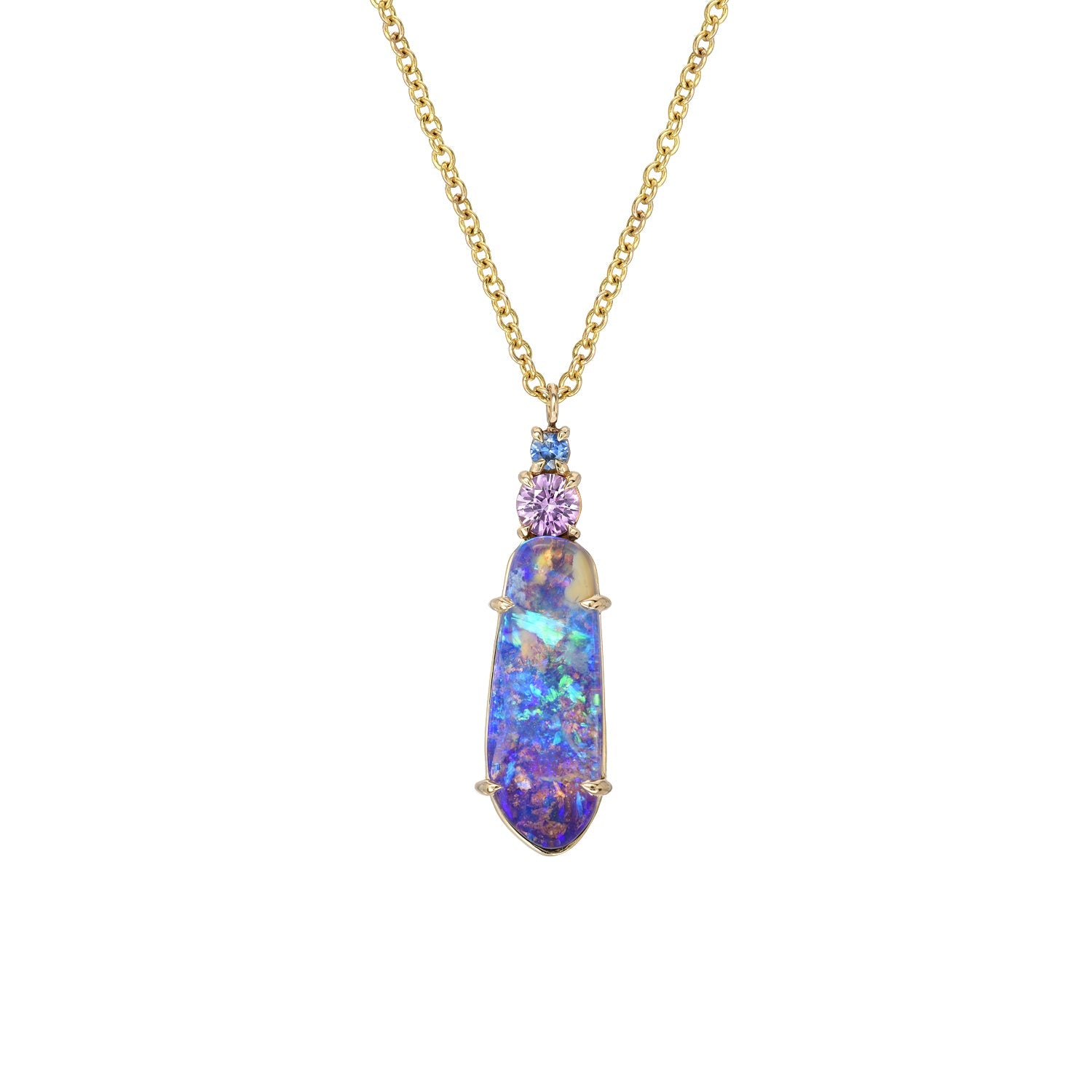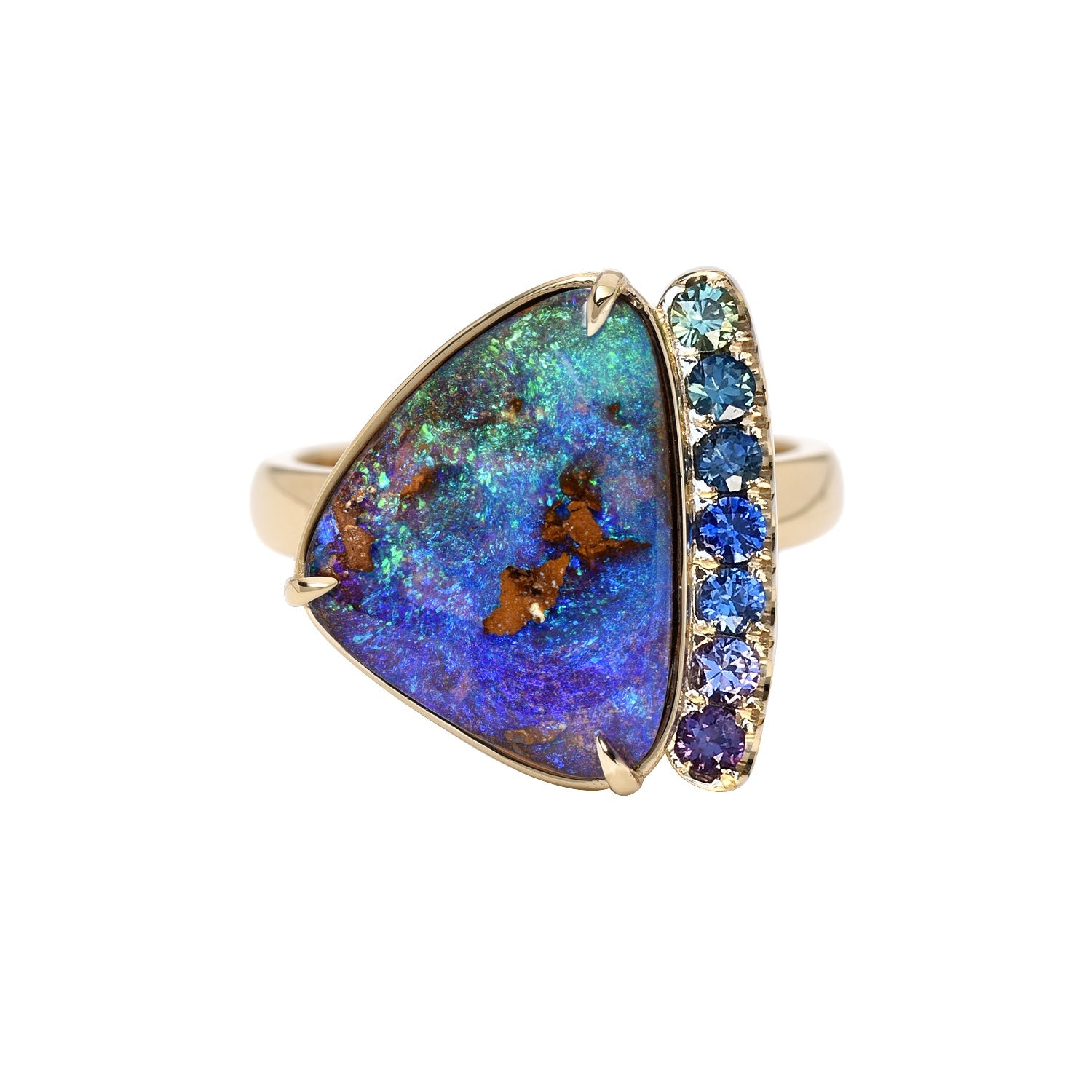
An Evergreen Tradition
nicole gluckmanShare
Every year, cities worldwide (unofficially) contend to erect the most awe-inspiring outdoor Christmas tree display. Some that may instantly come to mind include those displayed at Rockefeller Center in New York and St. Peter's Basilica in Vatican City. But why? Where did the tradition begin and how did Christmas trees then make their way into so many homes worldwide
With a history that goes back several centuries, it’s difficult to track down the maiden tree that started it all. However, both Germany and Latvia lay strong claims to the tradition.
The oldest known documentation shows that a guild of bakers in Freiburg, Germany first used a decorated tree in 1419 in their “Paradise Plays” performed on the feast day of Adam and Eve that fell on Christmas Eve. The tree was adorned with apples to represent the tree of knowledge.
In Latvia, just outside of the ornate House of Blackheads located in the center of a town named Riga, there exists an octagon-shaped stone marker that reads “The First New Year’s Tree In Riga In 1510” (in eight languages!) that claims to be the location of the first-ever outdoor Christmas tree

Documentation from the House of Blackheads states that the legendary Blackheads Brotherhood — an organization of unmarried male merchants — organized various celebrations and cultural events in their hometown of Riga, Latvia, one being this very tradition. It’s noted that the Blackheads erected a fir tree in the town square and decorated it with paper roses to represent the Virgin Mary. They and the townspeople then danced, drank, and cheered around the tree before it was later (purposely) burned down.
Although we don’t claim to know the exact origins, there’s no doubt that the Christmas tree traditions celebrated here in the United States were first introduced by European immigrants in the late 1700s. In fact, the United States is today home to many European Christmas traditions, like Christmas markets.
And those Christmas trees found in millions of American homes every year? Those too are believed to have German roots. Historical documentation states that unadorned trees were sold in Christmas markets for people to take home and decorate — typically with flowers, fruits, and an array of sweets.
But the image of the Christmas tree most widely recognized around the world was first introduced in England — later spreading around the world and quickly taking on popularity.
First published in the Illustrated London News in 1848, the image portrays Queen Victoria and the royal family gathered around a decorated fir tree, with unwrapped gifts for the children displayed beneath.

With both Queen Victoria and her husband and consort, Prince Albert, being of direct German heritage, it’s not surprising that the royal family celebrated this centuries-old tradition. When the iconic image was later reprinted in Godey’s Lady’s Book — a premier women’s magazine published and circulated in the U.S. — the decorated tree was officially named “The Christmas Tree.”

While Christmas trees may fade from sight as the holiday season ends, we can forever be reminded of the holiday spirit by gazing into the evergreen gems that decorate some of our favorite creations — like the deep green emerald that sits like a sparkling ornament at the center of our Denouement ring, or the festive gemstone wreath around the opal in our Argyle Allure opal ring reflecting all of the colors of the season, and the tapestry woven together by verdant sapphires and earthy tourmalines in our Evergreen necklace.



